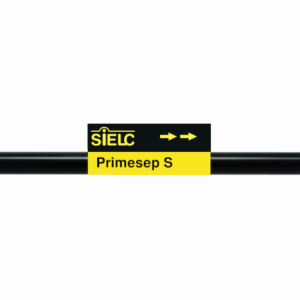| CAS Number | 108-19-0 |
|---|---|
| Molecular Formula | C2H5N3O2 |
| Molecular Weight | 103.08 |
| InChI Key | OHJMTUPIZMNBFR-UHFFFAOYSA-N |
| LogP | -0.7 |
| Synonyms |
|
Applications:
HPLC Method for Analysis of Biuret on Primesep S Column
September 25, 2024
High Performance Liquid Chromatography (HPLC) Method for Analysis of Biuret on Primesep S by SIELC Technologies
Separation type: Liquid Chromatography Mixed-mode SIELC Technologies

High Performance Liquid Chromatography (HPLC) Method for Analysis of Biuret
Biuret, with the chemical formula C₂H₅N₃O₂, is a white crystalline compound formed by the condensation of two urea molecules with the release of ammonia. Its structure consists of two amide groups (-CONH) linked by a nitrogen atom. Biuret is widely used in biochemistry for protein assays, specifically in the biuret test, which detects peptide bonds. Due to its polar functional groups, the compound is highly soluble in water.
Biuret can be retained, separated and analyzed using a Primesep S mixed-mode stationary phase column. The analysis employs an isocratic method with a simple mobile phase comprising water, acetonitrile (MeCN), and phosphoric as a buffer. This method allows for detection using UV 200 nm.
| Column | Primesep S, 4.6 x 150 mm, 5 µm, 100 A, dual ended |
| Mobile Phase | MeCN – 90% |
| Buffer | H3PO4 – 0.1% |
| Flow Rate | 1.0 ml/min |
| Detection | UV 200 nm |
| Class of Compounds | Condensed Ureas |
| Analyzing Compounds | Biuret |
Application Column
Primesep S
Column Diameter: 4.6 mm
Column Length: 150 mm
Particle Size: 5 µm
Pore Size: 100 A
Column options: dual ended


